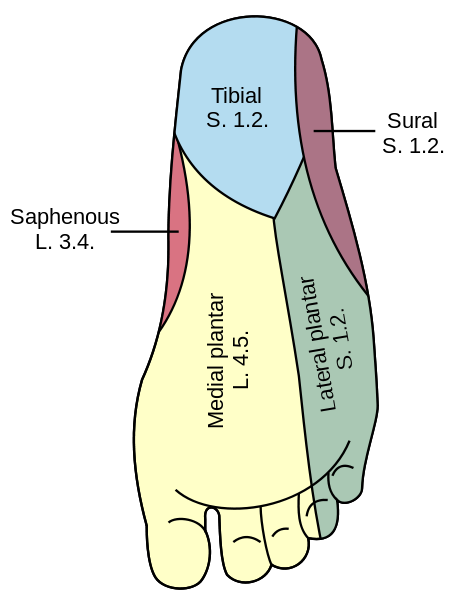It’s always nice to get positive feedback from a happy patient. I’ve treated Isobel a few times now and am really happy with how it’s going:
I found Richard on Twitter while looking for local sports massage therapists in Nottingham, having recently moved to the area for University study. On our first meeting it was clear that he was a highly knowledgeable and ambitious therapist who was passionate about his work and about helping people to find optimum comfort and performance. He has been treating me regularly ever since and I feel the enormous benefit of his work every time! As an elite level High Jumper, I place a lot of strain on my muscles and joints so I’m very grateful to have Richard on my side to help me find perfect form for big events. I would highly recommend him to anyone who wants an intelligent, professional and highly effective treatment experience.
Isobel Pooley, International High Jump Athlete – Great Britain
Keep your eyes and ears open as you’ll be hearing a lot more from Isobel as she progresses through her athletic career.
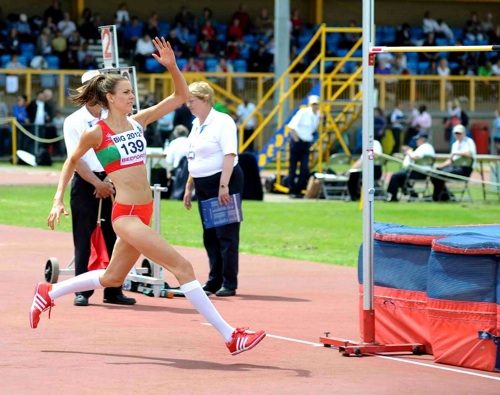
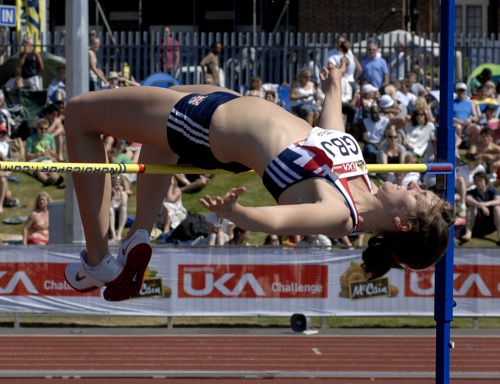
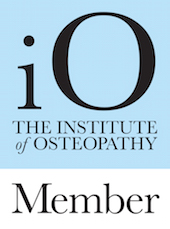
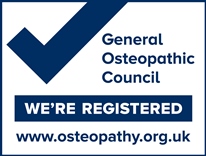
 October 16, 2012 | Posted by Rich
October 16, 2012 | Posted by Rich  Categories:
Categories:  Tags: |
Tags: | 




